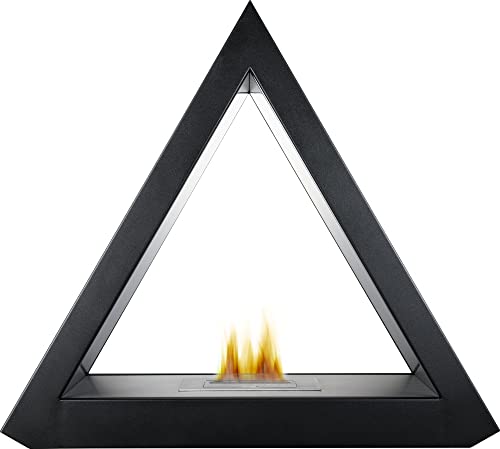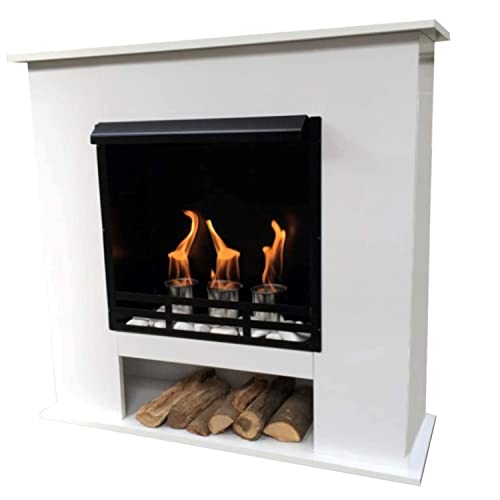What Are Fireplace Accessories?
Fireplaces are an integral part of many homes that provide warmth and comfort all day and at night. They also provide beauty and value to the home.
 Homeowners can take on most of these tasks regardless of whether your fireplace needs facelifts or simple repairs. Certain tasks that require gas must be left to professionals.
Homeowners can take on most of these tasks regardless of whether your fireplace needs facelifts or simple repairs. Certain tasks that require gas must be left to professionals.
The Hearth
The hearth is the non-combustible flooring for the wood stove or fireplace. It could be a complete elevated area or just the foundation upon which the fireplace is set. The word «hearth», which is used to describe all the fireplace’s components, including the firebox, the raised floor and mantel, as well as the chimney, is often used. It is essential to keep in mind that there are specific fire safety regulations concerning the design of the fireplace and its accessories. You should consult Stylish Designer Radiators: Elevate Your Fireplace Decor local authority for more details.
They can be constructed from cement, bricks, or stone. They are a fantastic focal feature for any room. They are designed to create a barrier between the fire and the flooring and protect against accidental fires caused by stray embers or logs. They can also be used to store fireplace tools wood, tools, and contemporary Anthracite double panel radiator – 1600x408Mm – fireplaces+ other supplies.
Archaeological studies have revealed that hearths were crucial to the early human era. Many believe that hearths provided warmth, light, food, and protection.
A hearth can cause serious health issues if it is not properly maintained. Smoke inhalation can increase blood levels of nitrogen which hinders red blood cells (methemoglobinemia) from delivering oxygen into the tissues. It can cause nausea, dizziness, and loss of consciousness in high levels.
Traditionally, hearths were constructed out of rock, however they are now commonly made of concrete or brick and come in different sizes and shapes. Some cooking fireplaces have hearths that cover the entire wall, while others are smaller and solely decorative elements that cover the opening of the fireplace. The material used to build a fireplace can significantly affect its appearance, cost and resistance.
The Surround
A fireplace surround (also called a mantel) is the frame that is situated above the hearth and enhances the ambience of a room. In addition to its aesthetic value it also serves as a practical element since it shields flammable materials from the fireplace and reflects heat into the room. It can also serve as an extra shelf for household items such as mirrors or paintings.
There are various options based on the size and type of the fireplace. Some are non-combustible while others must be in compliance with local and national fire codes regarding clearance distances from combustible objects.
Some popular choices for the surround are stone, brick and concrete. Some stone surrounds are carved with decorative features like bevels or bolection moulding. These stone surrounds can include plinths or cornices. These details can give a house a more refined design that matches the style.
Plaster is another alternative. This material is made from an amalgamation of sand cement and water. It can be crafted to match any style of architecture. A plaster surround, for example can go well with the look of a Mission style home.
Tile is the best option for a wall. It is available in a variety of colors and patterns. It can be used to add a splash of color to the wall, or it can be extended over the entire wall to create a dramatic focal point. Tile is a great option for homes that have modern style.
The surround is the first thing people notice when they enter a living room. It is for this reason that it is essential to choose an item that sets the tone of your space and add to the value of your home.
The Firebox
The firebox is the space behind the fireplace’s opening, where a fire can be built and maintained. It’s usually surrounded by a type of chimney that allows the smoke to escape through. Usually, these traditional structures burn wood, however some can also burn gas, such as natural gas or propane.
Regardless of what type of fuel you use, the firebox is where the combustion takes place and must be properly maintained for safety and effectiveness. The grate in the hearth along with a fire poker as well as an air damper are all important elements of the firebox that must be in place for efficient operation.
In addition to maintaining the firebox and its liner in good shape It’s also important to clean your fireplace regularly. The interior of your fireplace will be matted by soot and dust because of its constant exposure to high temperatures. To Clean Burning Coal for Fireplaces – 40Kg – 2 Pack it, employ a wire brush or contemporary Anthracite double panel radiator – 1600x408mm – fireplaces+ a scraper to take off the caked-on soot and ash.
It’s also a great idea to utilize steel slag or steel to line the interior of the firebox to ensure longevity and durability. These metals are resistant to corrosion and won’t get rusty. They also offer an even heat distribution which will last longer.
Additionally you can add some visual interest to Enhance Your Space with R.W.FLAME Electric Fireplace fireplace by using decorative fire logs or lava rocks. Some people opt for modern-looking decorative glass instead. Make sure the fireplace you choose to use is UL rated. This includes the fireplace, as well as any other accessories and decorations you add to it.
The Burner
Burners are an easy way to add warmth and aesthetics to a space. These fireplace accessories are available in many different shapes and sizes which makes it easy to find one that is suitable for your home. Some even come with remotes, so you can control the GloBrite Electric Fireplace: Authentic LED Flame Ambience from any place in the room. Fire-burners can be used indoors or outdoors, as they are safe.
There are many kinds of burners, each with its own advantages and disadvantages. Some are more expensive than others, but they all provide a variety advantages to your home. Certain types of burners are safer than others, and a few can be used with or without chimneys. No matter which kind of burner you pick, always follow the instructions provided in the manual. This will ensure that the burner is properly installed and is in conformity with all state and local regulations.
Wood burning is a classic way to enjoy your fireplace, but it’s not always the most convenient. In addition to being a messy, inconvenient process it also produces smoke and soot it produces can be harmful to you and your family. Ethanol fire-burners, on the other hand produce water vapor and minimal CO2 Contemporary Anthracite Double Panel Radiator – 1600x408mm – Fireplaces+ which is much more sustainable.
A fireplace can also be helpful in the occasion of an outage. In winter, trees get weighed down by heavy snow and ice, causing them to fall and power lines to fall below. If the power is not working in your home it is possible to use the fireplace to stay warm and cook food. This is a great option for homeowners who are prepared for the unexpected.
The Flu
The flue is a passageway inside the chimney, which is used to transport gases and smoke out of the house. It is an essential element to ensure a safe and Efficient and Eco-Friendly Bio Ethanol Fireplace Fuel fire. A flue creates a breeze that pulls air into the fire. This allows the fuel to burn completely and reduces smoke.
The draft action of the flue keeps the hot gases emitted from the fire from escaping into your home. Instead they are pushed out to cool. This controlled venting that helps prevent carbon monoxide poisoning.
Your chimney must be checked regularly to check for leaks and blockages. The flue pipe is a stainless steel tube or duct that runs through the middle of the chimney, needs to be cleaned with special cleaning chemicals and equipment. The metal brush, a drill fitted with a brick bit and masking tape are required to remove any tarnish or soot that has been stuck on the chimney’s walls. flue pipe.
Keep the flue shut when you’re not using your fireplace can help keep the air conditioned inside from getting out. It also stops wind or rain from entering the chimney and causing damage to your fireplace, wood stove, or gas furnace.
The damper, which is located at the bottom of the flue pipe or flue tiles and at the top of the fireplace, is able to be closed or opened via a latch or handle. It is designed to keep the flue open when a fire is burning however it should be closed when not in use to reduce your energy costs and keep animals and precipitation out of your fireplace.
